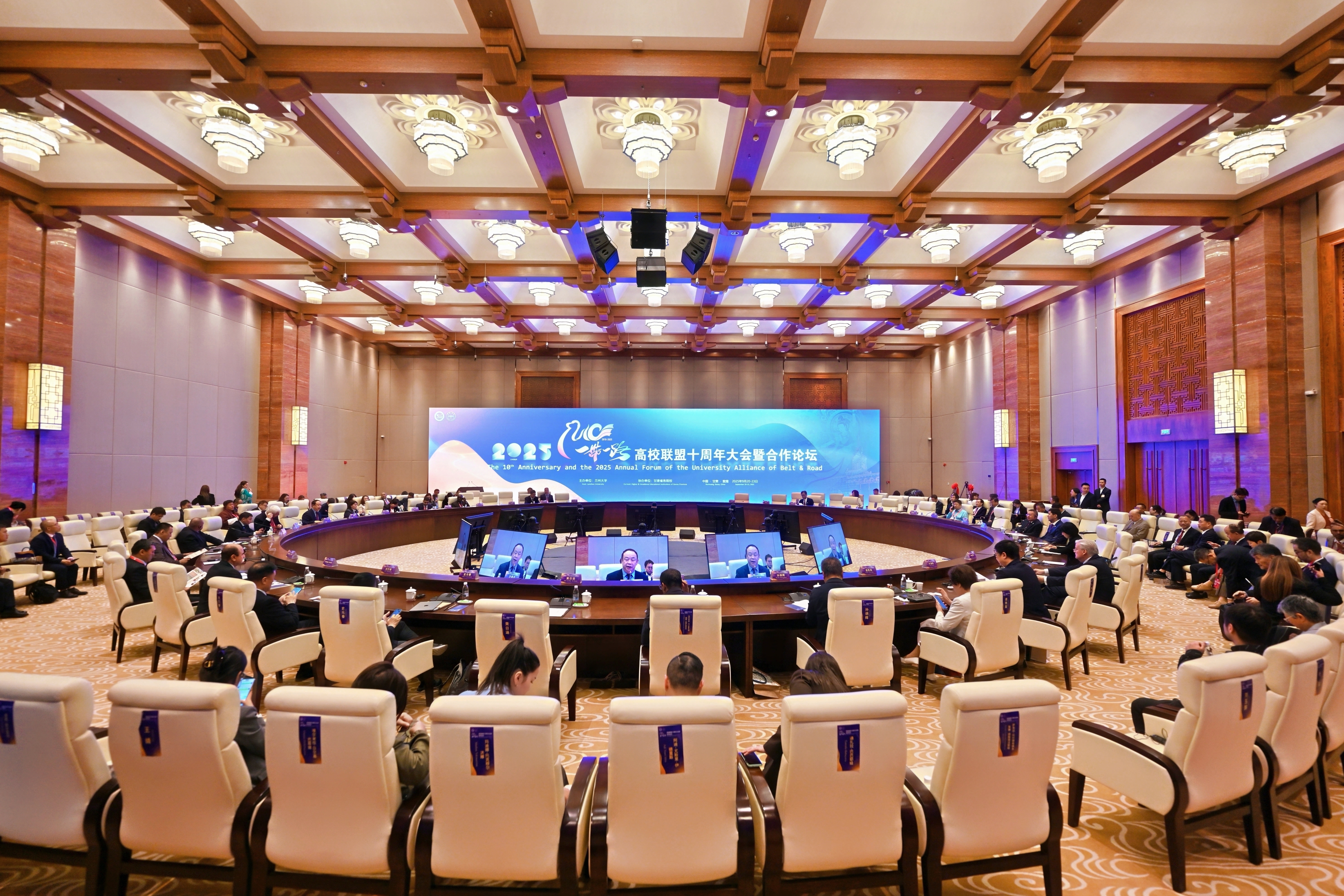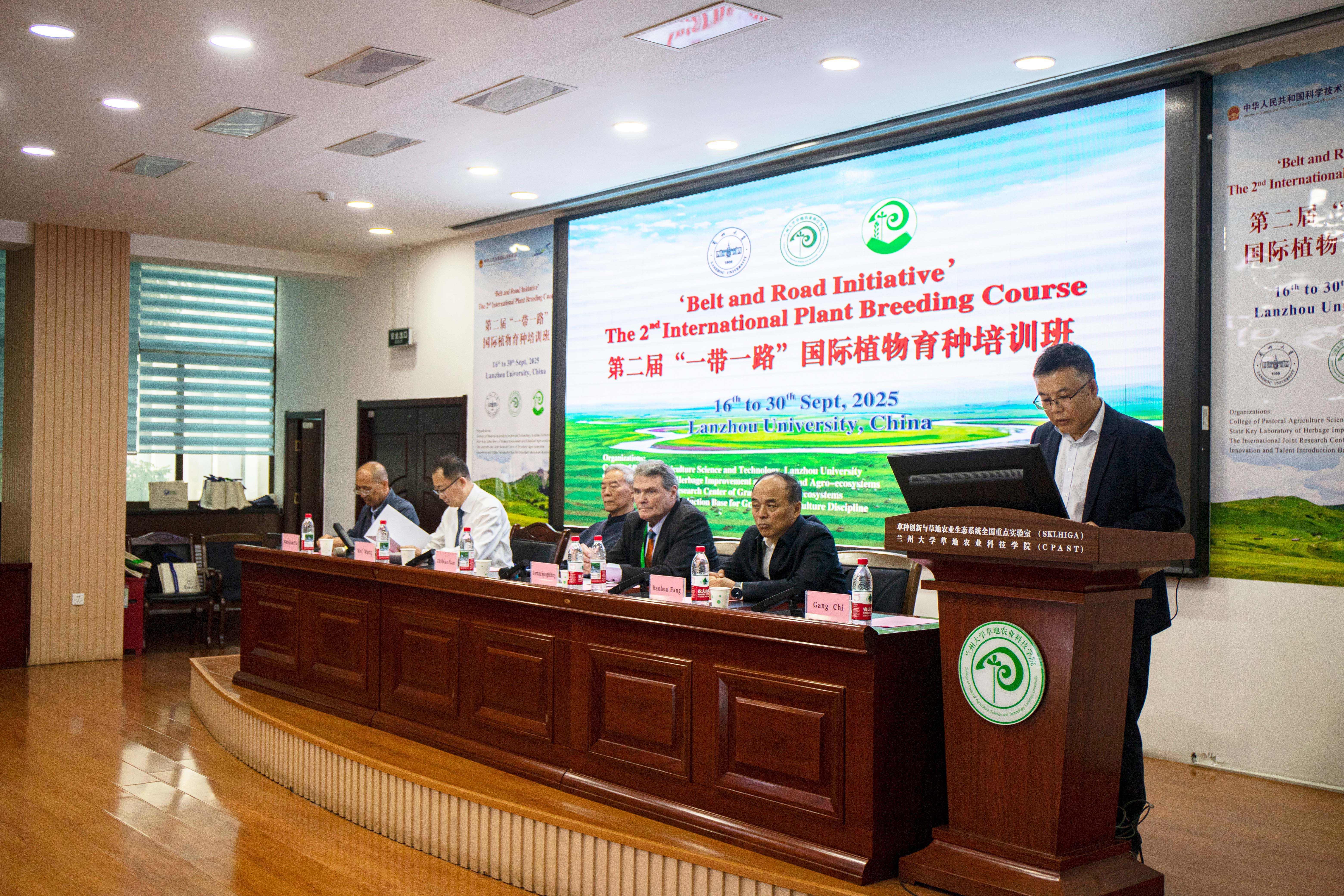
The team led by Prof. Tian Wenshou, from the School of Atmospheric Sciences of LZU has published a research paper in Nature Communications (the impact factor is 12.124 from 2016 to 2017), with the primary unit being LZU and the primary author being Zhang Jiankai learning from professor Tian Wenshou during his Ph.D. period. It is the second time for this team to publish research results in the series of Nature about the interactions between stratospheric and the tropospheric circulations since its first publication in Nature Climate Change in 2016, showing that the team’s research results in the middle atmosphere is gradually gaining attention in the international community.
The research finds that there is always a mode of Europe-North America IODM affecting the change of the amount of ozone in the Northern Hemisphere, and that mode shows the negative abnormal center over the Eurasia while the positive abnormal center over North America. In the late winter over the past thirty years, the mode tended to intensify, suggesting that the loss rate of ozone in Eurasia is more obvious than other areas in the same latitude. In the meanwhile, the UV radiation intensity over Eurasia is much stronger. These phenomena are closely related to the movement of arctic vortex in stratosphere to Eurasia caused by the decrease of arctic sea-ice. On the one hand, the movement will transfer the low concentration ozone air inside the arctic vortex to the upper air of Eurasia to dilute the ozone air in that area. On the other hand, the active chlorine-rich air that has abnormally high concentration inside the arctic vortex will also be transferred to stratosphere over Eurasia, causing the larger chemical loss of ozone.
Cooperating with the R&D team involving many countries and participating in the international IGAC/SPARC-CCMI(Atmospheric chemistry and climate project), Tian Wenshou’team utilizes the advanced mode of atmospheric chemistry and climate to predict the change of “Europe-North America IODM” in the future. It finds that the mode will continue to intensify in the following late winter, suggesting the slower recovery pace of ozone over the Eurasia, which may be closely related to the continuing decrease of arctic sea-ice in the future. The achievement, for the first time, shows that climate change can impact the recovery speed of ozone not only by affecting the reaction rate of ozone through changing stratosphere radiation and temperature, but also by influencing the amount of regional ozone through the movement of the arctic vortex caused by the change of arctic sea-ice.
(Translated by Sun Lianyue; proofread by Yang Han)




